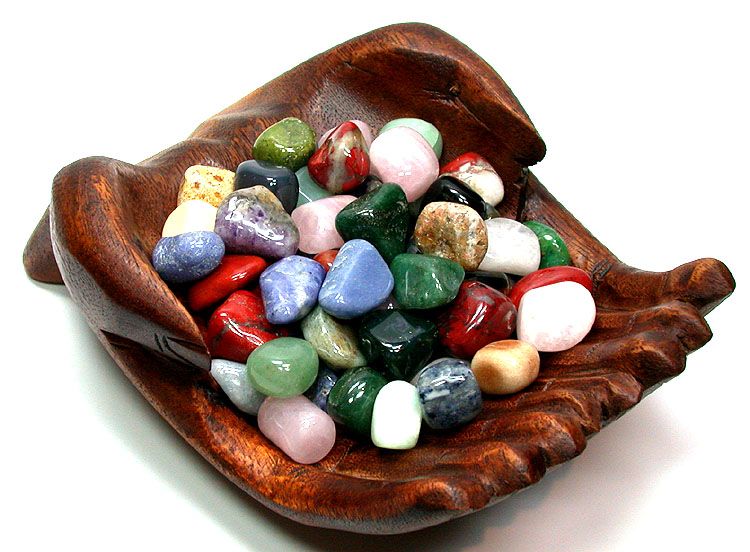Buddhist Insight on How to Deal with our Emotions
- Details
- Written by Elyane Youssef

In the past, I had no idea how to work with my emotions.
In fact, I knew little about them. Whenever something upsetting happened, I poured all my energy into changing the outer factors, and I paid little attention to my internal reaction.
Buddhism has introduced me to my internal world. It has taught me that my mind contributes to my experiences of happiness and unhappiness—and that my emotions are often the result of ways I have misinterpreted myself, my life, and the world.
It’s overwhelming to consider this at first, because we are used to thinking that happiness lies out there—in a person, a place, an object, or a situation. This is why we often neglect our emotions and attempt to change things on the outside, so they’ll suit our own needs.
However, the truth is that we can’t always change the world. When things don’t go as expected, we often become disillusioned. Still, the only thing we can change (or control) is our reaction to the world and what happens in it.
The emotions that we feel—fear, anxiety, hatred, sorrow, jealousy, happiness—are often the result of an outward action. Nonetheless, their nature is ephemeral. If we put aside our mental interference and investigate emotions the first moments they arise, we’ll realize that they slowly dissipate and get destroyed on their own.
According to Buddhist teachings, all sorts of emotions can be harmful—even the good ones. We might think that we become attached to people or objects, but the truth is that we get attached to the emotions they stir up in us (whether they be pleasurable or painful). That said, the desire to feel certain emotions is the reason we get attached and suffer.
The solution isn’t really about whether we should eliminate certain emotions or not. Emotions are part of our human experience, and we can’t stop ourselves from feeling them. However, what the Buddha was concerned about was how to get to a point where our emotions no longer overwhelm us.
Whether it’s happiness or hatred, how do we prevent it from controlling us?
The Buddha advised us to examine life’s experiences and our reaction to them. We must understand that every experience, person, or object is transient—and our emotions are also transient. An emotion is only fleeting, but it is further expanded through our mental judgment and analysis.
S.N. Goenka explains this beautifully:
“Every sensation shares the same characteristic: it arises and passes away, arises and passes away. It is this arising and passing that we have to experience through practice, not just accept as truth because Buddha said so, not just accept because intellectually it seems logical enough to us. We must experience sensation’s nature, understand its flux, and learn not to react to it.”
This is not being pessimistic; this is cultivating a realistic view on life. When we realize the impermanence of our emotions and experiences, our attitude will automatically balance itself. When faced with a new experience, instead of building expectations around it or getting attached to the feelings it inflicts on us, we deal with it from moment to moment.
Now, how do we discipline these emotions—or, as Goenka suggests: how do we stop reacting to them?
Buddhist philosophy recommends the development of self-observation, self-understanding, and insight. When an emotion arises, pause for a moment and bring awareness to your thoughts and reactions. This is the practice of mindfulness.
Watch the emotion as it arises. See what physical reactions it prompts. Don’t judge it, and don’t fuel it with thoughts. Let the emotion be, and don’t react to it with aversion or pleasure. We will notice that the action we take when our emotions are balanced again is conscious and healthy. However, the outer reaction we have when our emotions are running high can often be destructive to us and others.
Additionally, Buddhism stresses the importance of generating good intentions toward others—especially the ones who have hurt us. When someone harms us, we usually blame them—or we might want to hurt them back. Practicing Metta Bhavana is a good step toward learning how to forgive others and process our emotions of anger and hatred. We must believe that everyone is worthy of happiness, including ourselves.
And finally, meditation is a fascinating technique that the Buddha taught. Practicing meditation teaches us to return to our breath whenever we are faced with overwhelming emotions. It grounds us and puts us back in the present moment. Meditation also teaches us to familiarize ourselves with the emotions and thoughts we experience without judging them.
Learning to deal with overwhelming emotions is a process, and we must practice every day. It requires training, willingness, and (most importantly) patience.
Author: Elyane Youssef
Source
Liked this article? Dive deeper into personal growth and wellness! Check out CrystalWind.ca for spiritual wisdom or explore AromaWorx.ca for natural well-being tips. Spread the positivity—share this with friends on their happiness journey!
Let’s Chat! Drop Your Thoughts Below! ![]()
Latest Articles

Imagine a world of inspiration and healing, free for all—made possible by YOU!
Donate Now—Ignite the Magic at CrystalWind.ca!

Epilepsy - Finding A Cure
Your donation can make a difference!
Help us find a cure – donate now!
Unlock Your Light: Join Lightworkers Worldwide on CrystalWind.ca!
Articles: Buddhism
Follow Us!
Featured This Month
Sun in Cancer
Cancer Sun Sign Characteristics Overview The name "Cancer" comes from Latin, ... Read more
Cancer Mythology
The Mythology of Cancer: A Celestial Tale of Loyalty and Sacrifice Among th... Read more
Egyptian Zodiac/Astrology
Egyptian astrology was one of the earliest forms of astrology. The Egyptians w... Read more
Chalcedony
The Stone Of Orators Chalcedony was very popular as a decorative stone in ant... Read more
Abalone Shell
Echos Of The Ancestors Abalone strengthens the structure of the body and th... Read more
Lugh - Celtic God Of The Sun
The god Lugh was worshiped in Ireland as a deity of the sun. This connection... Read more
Lammas by The Hedgewitch
Although in the heat of a Mid-western summer it might be difficult to discer... Read more












































